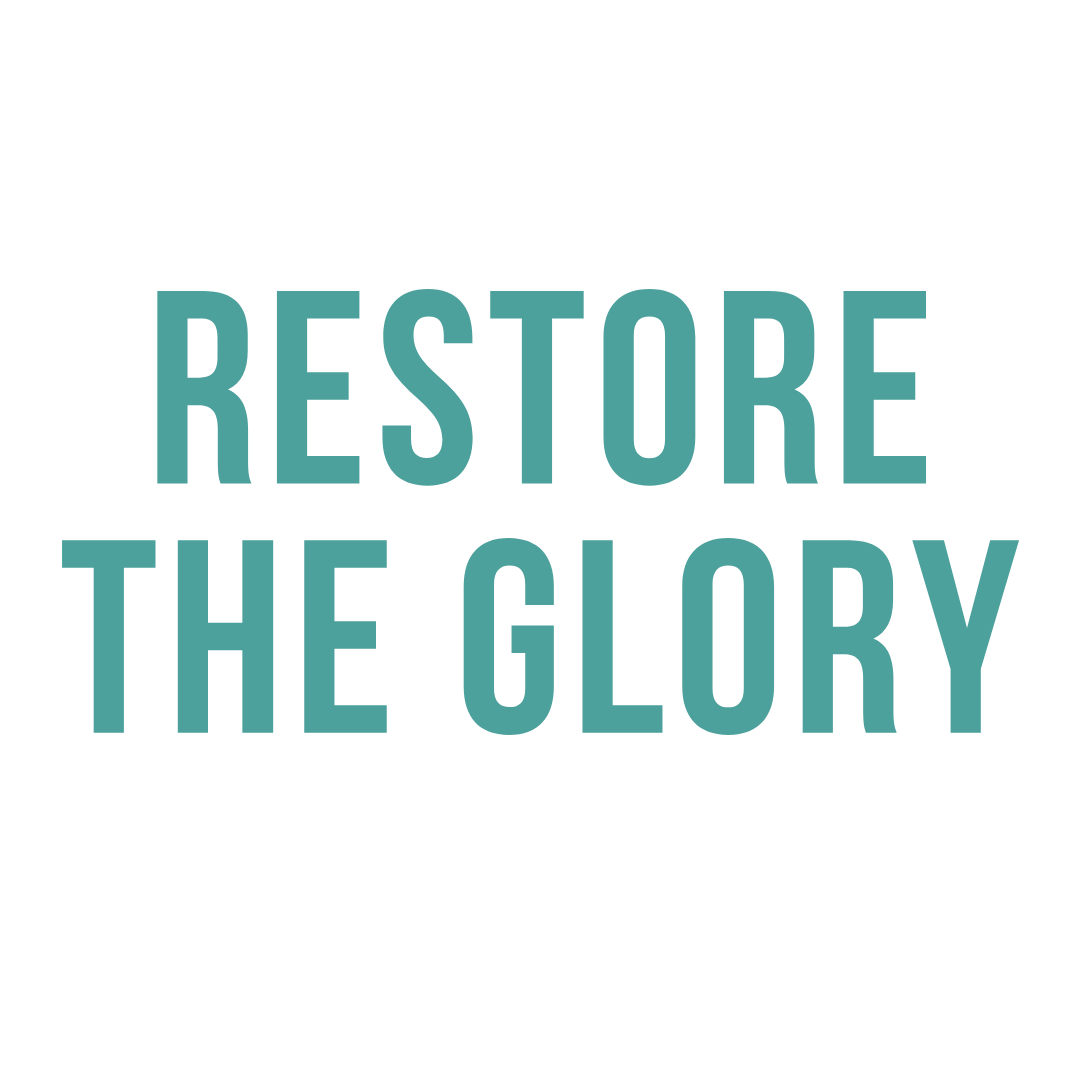Episode 14: Anatomy of a wound | Part 3
Bob and Jake continue the series on the anatomy of a wound and discuss beliefs. Our lives are filled with experiences and we interpret these experiences and put meaning to them. We then agree with the beliefs that are either truths or lies.
Show Notes
Guiding Scripture
“Take every thought captive in obedience to Christ.” (2 Cor 10:5)
Key Points
False beliefs and self-reliant vows/resolutions harden our hearts
The goal of healing to free our hearts to love
Our healed wounds are a testimony that impacts those who doubt
False beliefs create strongholds in our mind
Identity lies and judgements are both types of beliefs
Identity lies are false beliefs we believe about ourselves that are rooted in a wound
Judgements are false beliefs we believe about others from our woundedness
In situations we observe and interpret and then arrive at a belief
We can have identity lies and identity truths - both are beliefs
In the Acting Person, Karol Wojtyla (JPII) talked about how we are conscious of ourselves and others
Experiences happen. We make interpretations of the experience. We put meaning to the experience. And then we make an agreement with the meaning we put to it. We make a choice about what to believe.
Practical Application
When you are having a difficult day, pause for a few minutes and try to identify what you are believing. Ask yourself if it’s true. Reject the lies. Turn to Jesus for the truth.
Bring a wound to Mass and open yourself to the Lord through the various parts of the Liturgy.
Pray this prayer, “In the name of Jesus, I renounce the lie that _______. And I announce the truth that Jesus, You ________.”


